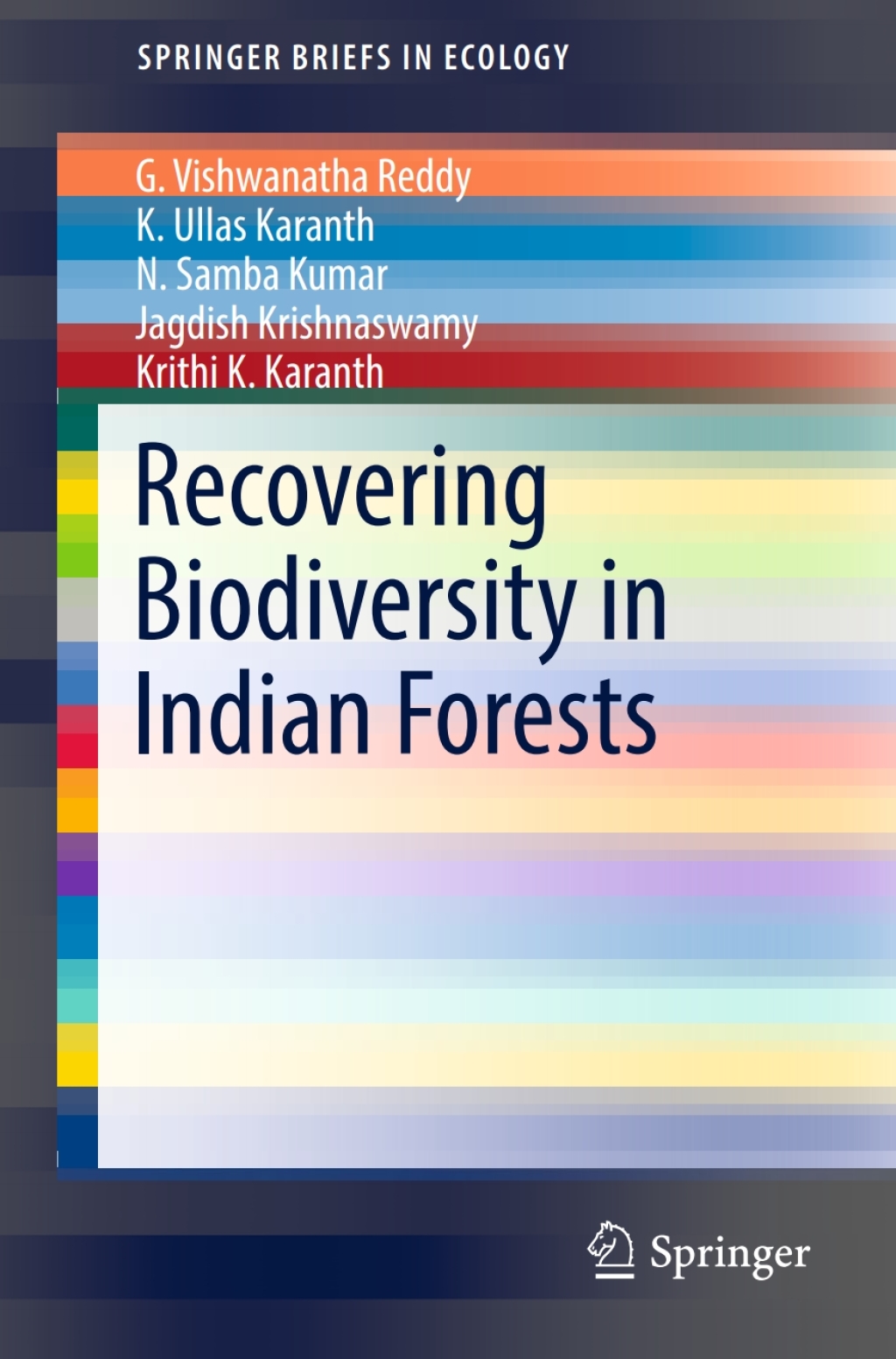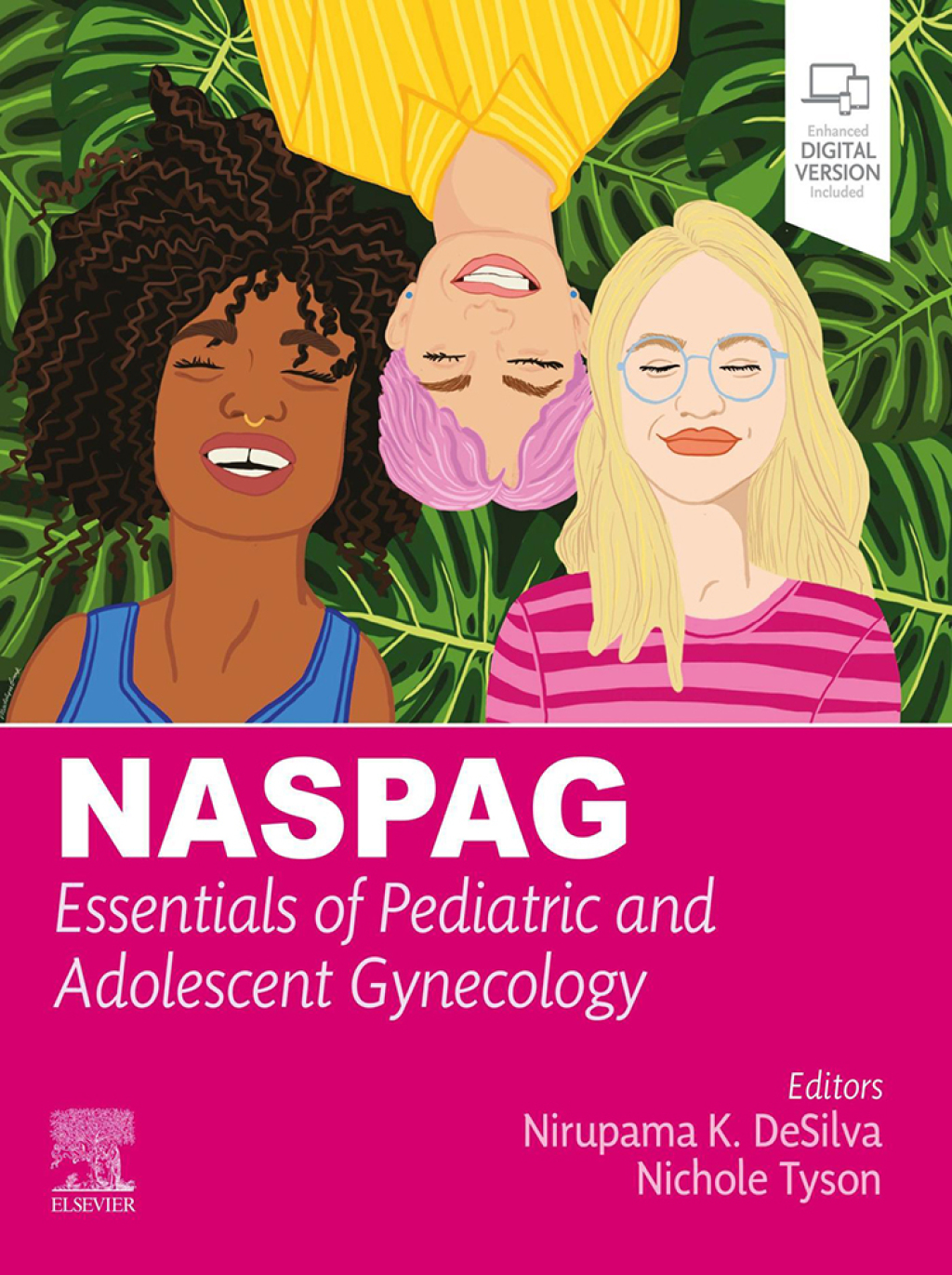Recovering Biodiversity in Indian Forests
Author(s): G. Vishwanatha Reddy; K. Ullas Karanth; N. Samba Kumar; Jagdish Krishnaswamy; Krithi K. Karanth
Publisher: Springer
ISBN: 9789811009099
Edition:
$39,99
Delivery: This can be downloaded Immediately after purchasing.
Version: Only PDF Version.
Compatible Devices: Can be read on any device (Kindle, NOOK, Android/IOS devices, Windows, MAC)
Quality: High Quality. No missing contents. Printable
Recommended Software: Check here
Important: No Access Code
Description
This book demonstrates how varying levels of human disturbance manifested through different management regimes influence composition, richness, diversity and abundance of key mammal, bird and plant species, even within ecologically similar habitats. Based on our results, we show the critical importance of the ‘wildlife preservation’ approach for effective biodiversity conservation. The study also provides examples of a practical application of rigorous methods of quantitative sampling of different plant and animal taxa as well as human influences, thus serving as a useful manual for protected area managers. Protected areas of various kinds have been established in India with the goal of arresting decline in, and to provide for, recovery of biodiversity and ecosystem services. A model that targets ‘wildlife preservation’ under state ownership is practiced across the country. However, forests in India are under intensive human pressure and varying levels of protection; therefore, protected areas may also experience open-access resource use, a model that is being aggressively advocated as a viable alternative to ‘preservationism’. We have evaluated the conservation efficacy of alternative forest management models by quantifying levels of biodiversity under varied levels of access, resource extraction and degree of state-sponsored protection in the Nagarahole forest landscape of southwestern India.










